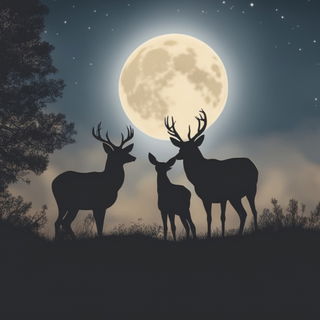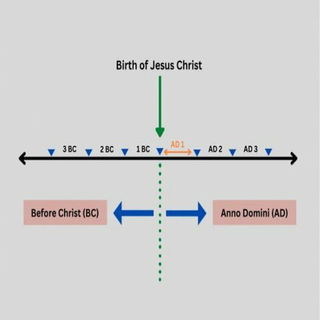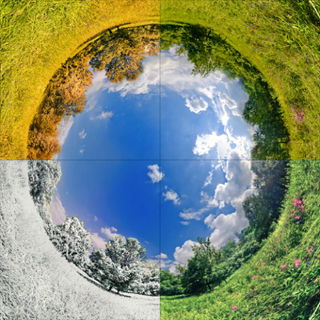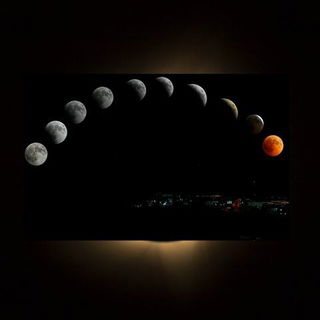When is the next Solar Eclipse?
In North America….
- The next total solar eclipse in the US will occur on March 30, 2033, and will pass over Alaska. It will happen at 3:01 AM EST.
- There will be another total eclipse in North America on Aug. 12, 2026, visible from Greenland. The United States will be able to see a partial eclipse during this time.
In Europe…
- March 29, 2025, will feature another partial eclipse over more of The UK.
- The next total solar eclipse will occur on August 12, 2026. This total eclipse will be visible across parts of Greenland, Iceland, and Spain.
- Whilst there will be many partial eclipses, the UK's next total eclipse to put in your calendar will be on September 23, 2090!
In India…
- The next solar eclipse visible in India will be a partial solar eclipse on August 2, 2027.
Following that, an annular solar eclipse will occur on May 21, 2031. - On March 20, 2034, there will be a total solar eclipse which will last four minutes and nine seconds.
What is a Solar Eclipse?
A Solar Eclipse can only happen during the New Moon's lunar phase. This is because it is at this point that the Sun, Moon, and Earth are fully aligned, causing the Earth to be engulfed by the Moon's shadow, which blocks sunlight.
There can only be a maximum of five Solar Eclipses per year (two of which can be Total Eclipses) because there is a 5-degree tilt on the Moon's orbit in relation to the Earth's orbit around the Sun. If there was no tilt, and the Moon's orbit was circular, there would be a Solar Eclipse with every New Moon.
A Solar Eclipse is only visible from the parts of the Earth that are in the Moon's shadow at the time of the Eclipse.
Learn more about the Moon Phases.
Types of Solar Eclipses
There are four different types of Solar Eclipses that can be observed in the sky. The type of Eclipse is determined by the shadow of the Moon that falls on Earth, and how much of the Sunlight is visible.
Total Solar Eclipse
This type only happens when the Moon is at the point of its orbit that is closest to the Earth. During a Total Solar Eclipse, the entire surface of the Sun and its sunlight are completely obscured by the Moon's silhouette. A Total Solar Eclipse is only visible from certain parts of the Earth when it happens.
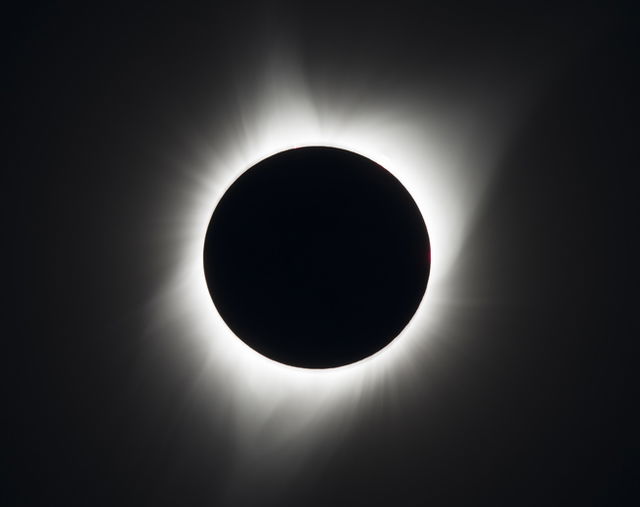
Annular Solar Eclipse
An Annular Eclipse happens when the Sun, Moon, and Earth are fully aligned, but the size of the Moon appears smaller than the Sun. Because the Moon does not fully cover the Sun's disk, the outer edges of the Sun are still visible and form what is called a ring of fire.
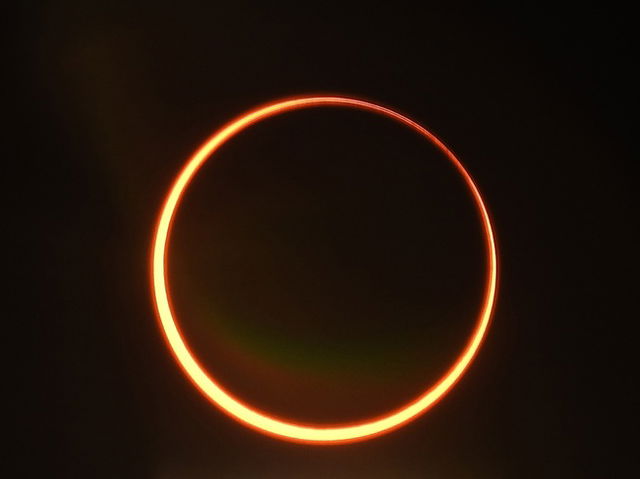
Hybrid Solar Eclipse
This is also known as the Annular-Total Eclipse and is a very rare type of Solar Eclipse. A Hybrid Eclipse happens when during the path of the eclipse, the Solar Eclipse changes from a Total one to an Annular one, and vice versa.
Partial Solar Eclipse
When the Sun, Moon, and Earth are not fully aligned, the Moon does not completely obscure the sunlight, so the Sun is still partially visible. Partial Eclipses are visible from most of the Earth when they happen, but they are virtually unnoticeable, as there is no change in the light that the Sun casts on Earth.
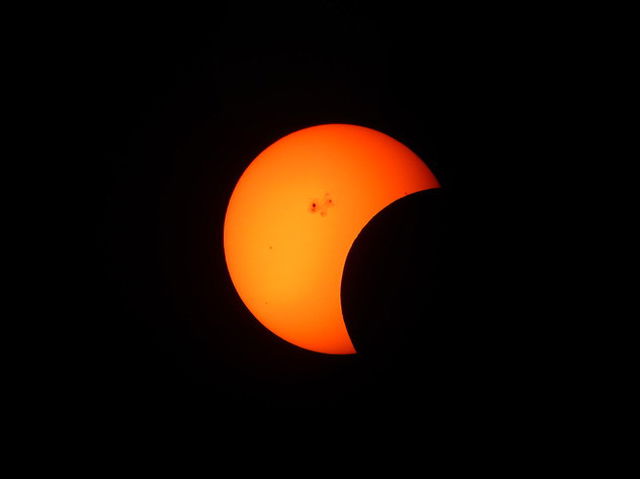
How to watch a Solar Eclipse
It is always very dangerous to look directly at the Sun, without any protective eyewear. However, it is especially dangerous to do it during a Solar Eclipse. This is because the radiation is still there, and can cause permanent damage to your retinas.
To watch a Solar Eclipse safely, you need to wear special protective eclipse glasses. As an alternative you can use a pinhole projector, to project an image of the eclipse.
The Difference between a Solar Eclipse and a Lunar Eclipse
The orbits of the Earth around the Sun, and the Moon around the Earth, are what determine when eclipses happen, and what type they are. Depending on how these Astros are aligned, we either have a Solar or a Lunar Eclipse.
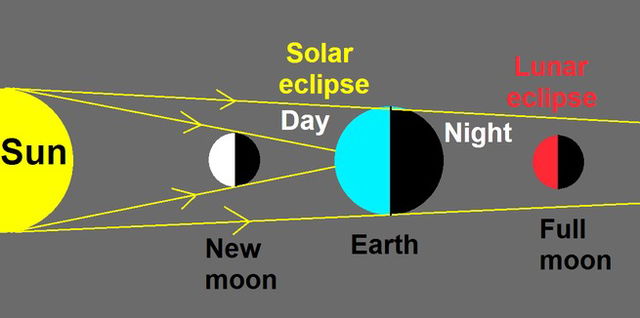 As explained in this article, Solar Eclipses occur when there is a New Moon, and the Moon passes between the Sun and the Earth, obscuring the sunlight.
As explained in this article, Solar Eclipses occur when there is a New Moon, and the Moon passes between the Sun and the Earth, obscuring the sunlight.
A Lunar Eclipse only happens during a Full Moon, when the Earth is between the Sun and the Moon, casting a shadow on the latter, and obscuring it.
